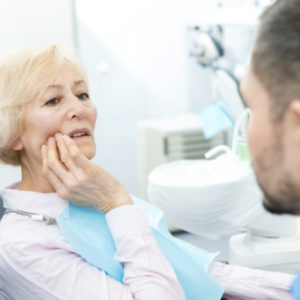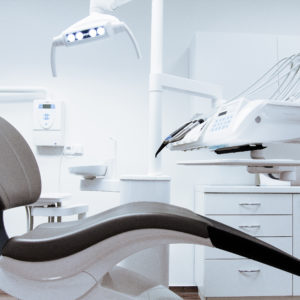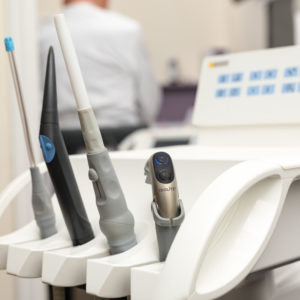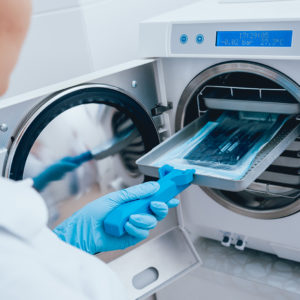
Fatal Attractions: Opioids and Dentistry
According to the Centers for Disease Control and Prevention (CDC), 130 Americans die each day from opioid overdose. And the number of overdose deaths attributed to opioids in 2017 was six times higher than in 1999.1 As the United States opioid use continues its upward trajectory into what many describe… Read More

How Growth Factors Can Benefit Augmentation of Hard and Soft Tissues
Sometimes gums aren’t perfect. And even if they are initially, sometimes they don’t stay perfect, as in the case of receding gums. Gingival recession can result in hypersensitivity and can leave roots vulnerable to root caries and bone degeneration. Soft or hard tissue augmentation, such as grafting can correct many… Read More

Outside Job: A Look at Today’s Extraoral Radiography
While clinicians typically rely on digital intraoral radiography to capture full mouth X-rays and bitewings, sometimes you just need a big picture. Extraoral radiographic imaging may be either film based or digital, and either two-dimensional (2D) as in panoramic or cephalometric imaging, or three-dimensional (3D) as in cone beam computed… Read More

The Pain Game: Diagnostics in Dentistry
When a patient comes to you in pain, the source of the problem is not always easy to pin down. Diagnosis of the pain may be difficult because the patient may be uncertain of its exact location, and palpation, percussion, thermal testing, and X-rays don’t always identify it. But because… Read More

3D Printing: An Important Milestone on the High-Tech Highway
Digital technology is increasingly common in many of today’s dental offices, and it includes some of the slickest technology ever to hit the dental profession. Clinicians who travel the digital workflow route often report higher patient treatment acceptance, faster treatment times, an efficiency boost, enhanced precision, increased revenue, and cost… Read More

The Benefits of Going Cordless in Dentristry
It’s gotten to the point these days, that it might be hard to find dental technology that isn’t cordless. Available in everything from curing lights and obturation systems to intraoral cameras and ultrasonic scalers, cordless technology is an increasingly common choice for busy practitioners. Cordless devices tend to be quieter,… Read More

Ergonomic Adjustments Can Foster Improved Hand and Wrist Health
When it comes to practicing dentistry, there’s nothing like a good pair of hands. Unfortunately, the profession can take a toll on hands, wrists, and pretty much everything else, in the form of musculoskeletal disorders (MSDs). Research shows that oral health care practitioners are at high risk of developing work-related… Read More

Bulk-Fill Composite Resins Save Time and Limit Operator Errors
To ensure complete cure and to minimize problems associated with polymerization shrinkage, composite resins, used for direct restorations, have traditionally been placed and cured incrementally, one layer at a time, with none exceeding 2 mm.1 But, especially in deep cavities, this process can be time consuming and fraught with multiple… Read More

Minimizing the Risk of Cross Contamination in Dental Practice
According to the US Centers for Disease Control and Prevention (CDC), while disease transmission among patients and dental health care personnel is rare, if proper infection control and preventive protocols are not followed, any dental practice can become ground zero for a number of contagious viruses.1 The CDC counts unsafe… Read More

Dentinal Hypersensitivity: Causes and Treatment Strategies
You love ice cream, but suddenly that triple fudge cone doesn’t seem so appealing due to dentinal hypersensitivity. Though statistics vary widely, research indicates that dentinal hypersensitivity affects more than half of all patients, especially in the 20 to 40 age group,1 with women slightly more affected than men.2 Characterized… Read More
 (800) 560-6066
(800) 560-6066